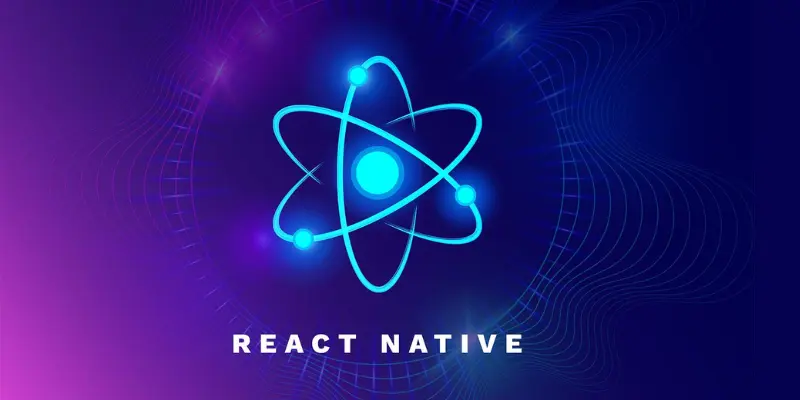
React Native has become a go-to framework for building cross-platform mobile applications. It offers developers, including those who have undergone React Native Training in Chennai, offered by FITA Academy the flexibility to write code once and deploy it across Android platforms. However, ensuring optimal performance and user experience on platforms can be challenging. In this blog post, we will explore five key strategies to optimize React Native apps for Android, helping developers deliver high-quality applications that run smoothly on any device.
Optimize Images and Assets
Images and assets greatly affect the performance and user experience of React Native apps. Poorly optimized images can slow down loading times, increase bandwidth use, and make the app less responsive. To improve performance on Android, use compressed image formats like WebP or JPEG for smaller file sizes without losing quality. Tools like react-native-image-picker can dynamically load images based on device resolution, optimizing resource use.
Caching frequently used assets and using a content delivery network (CDN) further enhance loading speeds and reduce latency. These practices ensure a smooth user experience while minimizing data usage and maintaining consistent performance across Android devices.
For those looking to improve their front-end development skills, React JS Training in Bangalore offers expert guidance. These courses teach essential concepts, including asset optimization, helping developers build fast and scalable applications.
Minimize UI Redraws with PureComponent and shouldComponentUpdate
React Native components re-render whenever a state or props changes, leading to unnecessary UI redraws and performance bottlenecks. By utilizing PureComponent and shouldComponentUpdate lifecycle methods, developers can optimize rendering and prevent unnecessary re-renders, especially in components with static or rarely changing content. This optimization technique ensures smoother UI transitions and improved app responsiveness on Android platforms.
Profile and Debug Performance Issues
Identifying and addressing performance issues is crucial for optimizing React Native apps. Use built-in debugging tools like React Native Debugger or Flipper to profile app performance, identify hotspots, and detect memory leaks or CPU-intensive operations. Additionally, leverage platform-specific profiling tools such as Xcode Instruments for Android Profiler for Android Studio to dive deeper into platform-specific performance optimizations. Whether developers have undergone React Native Online Training, mastering these debugging and profiling tools is essential for delivering high-performance React Native apps across Android platforms.
Implement Platform-Specific Optimizations
Android platforms need specific strategies for optimal performance. Use FlatList and RecyclerView for efficient list rendering to improve memory and scroll performance. For CPU-heavy tasks, native modules provide direct access to platform-specific APIs, enhancing execution speed by bypassing the JavaScript thread. This is useful for tasks like image processing and large data manipulation.
To further improve app performance, apply techniques like lazy loading, reducing unnecessary renders, and optimizing animations. Also, practice good memory management by clearing unused resources and avoiding memory leaks. By using Android’s native features and React Native’s capabilities, developers can create high-performance apps. React JS Online Course can help you master these optimization techniques.
Keep Dependencies and Libraries Up-to-Date
Regularly updating dependencies and libraries is essential for maintaining optimal performance and compatibility with the latest platform updates. Outdated dependencies may contain performance bottlenecks or compatibility issues that impact app performance on Android. Stay proactive by monitoring library updates, following best practices for dependency management, and conducting regular maintenance to ensure your React Native app remains optimized and up-to-date.
Optimizing React Native apps for Android requires a combination of performance best practices, platform-specific optimizations, and proactive maintenance. By following these five strategies—optimizing images and assets, minimizing UI redraws, profiling performance issues, implementing platform-specific optimizations, and keeping dependencies up-to-date—developers, whether they’ve attended a Training Institute in Chennai, can ensure their React Native apps deliver a seamless and optimized user experience across platforms.
Also Check: How Can Python Be Integrated with Cloud Platforms Like AWS?
